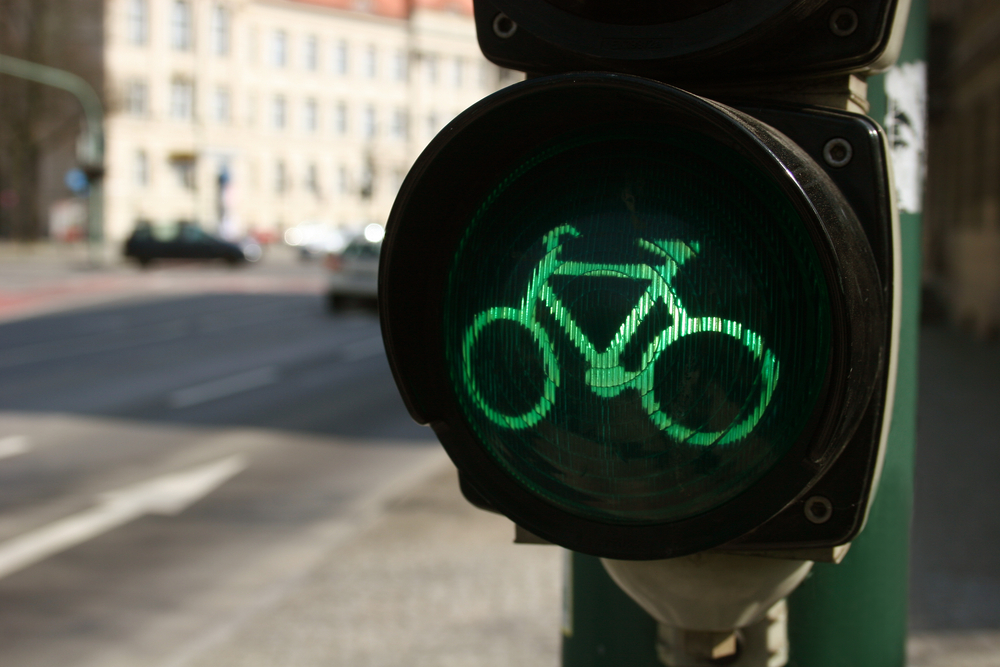
The National Association of City Transportation Officials (NACTO) recently released a report detailing best practices for designing next-generation intersections.
The report uses diagrams to show how intersection design treatments and signal strategies can increase safety for drivers, pedestrians, and bicyclists.
There are three principles to increasing intersection safety, according to NACTO: lowering speed limits, increasing bikeway crossing visibility, and signal phasing strategies giving bicyclists the right of way.
Best practices provide cities with the tools necessary to build comprehensive and connected bike networks, NACTO said.
Best practices include intersections that keep bicycles physically separate from vehicles, intersections giving bicyclists a dedicated path, compact corners, and road markings that encourage drivers to yield to bicyclists and pedestrians as well as signal phasing strategies that enhance safety or improving street capacity.
“NACTO’s new intersection guidance is an essential complement to the Urban Bikeway Design Guide, which we and our peer cities have used for years to develop safer and more comfortable bikeways for all,” Robin Hutcheson, Minneapolis’ director of Public Works, said. “With these new tools, cities will be able to tackle the toughest part of bikeway design, and where safety matters most – the intersection.”
Best practices were based on work in cities nationwide, including innovative work in Cambridge, Chicago, Portland, Salt Lake City, San José, San Francisco, and New York City.